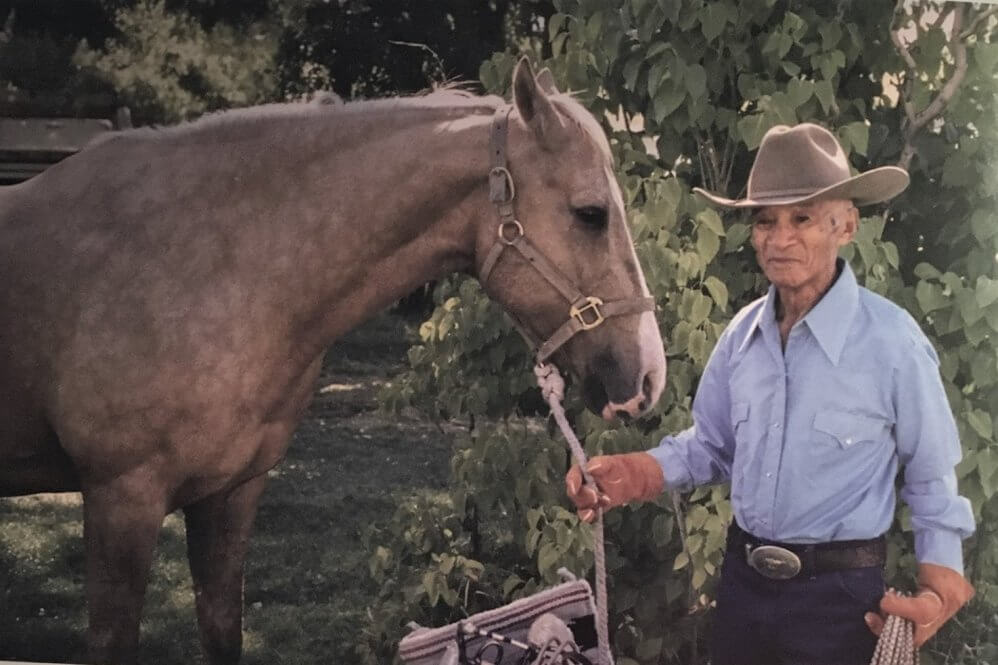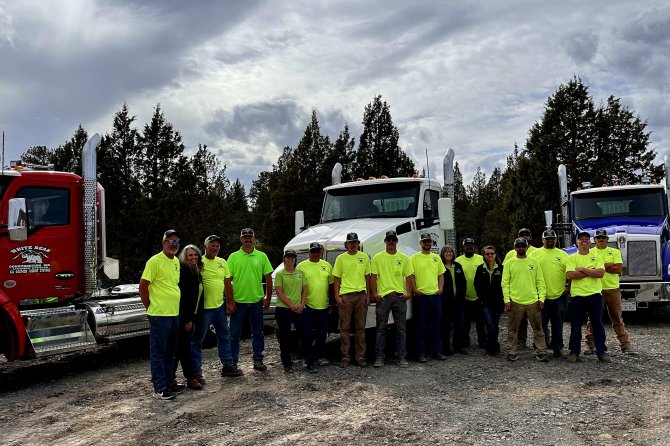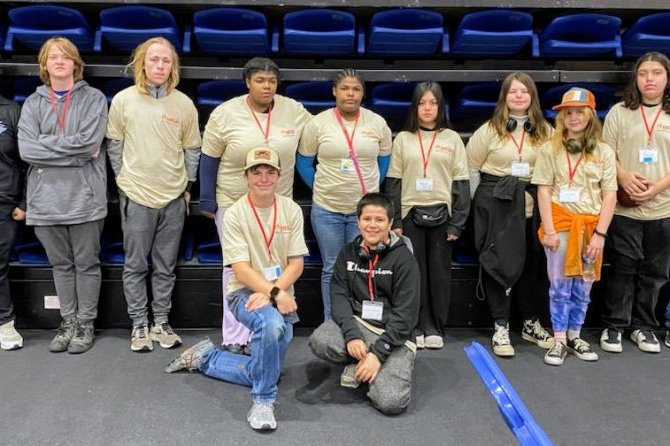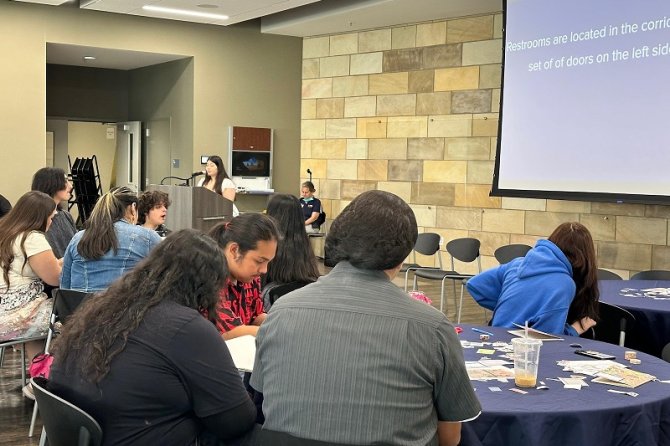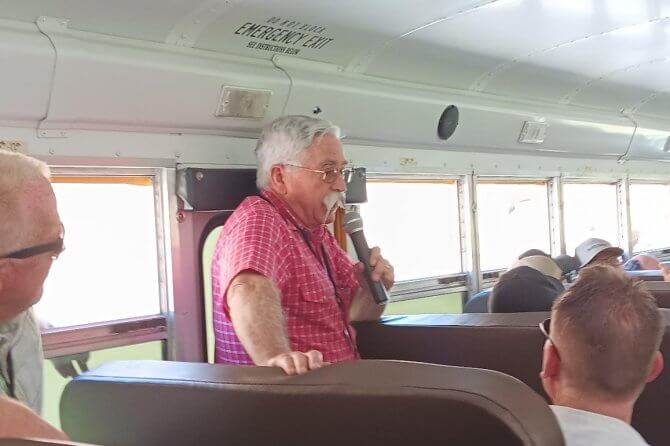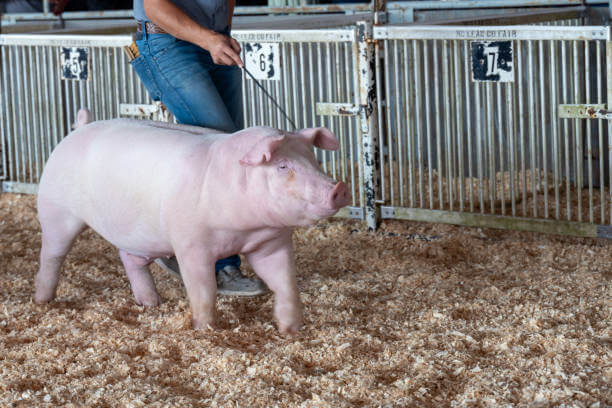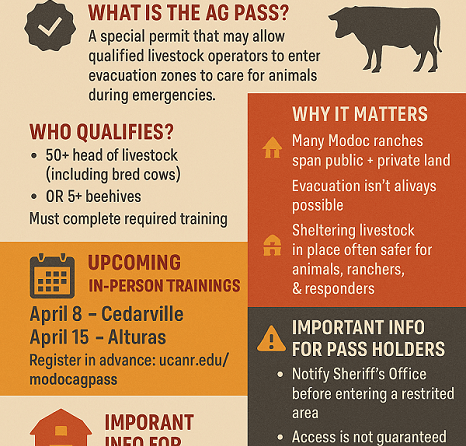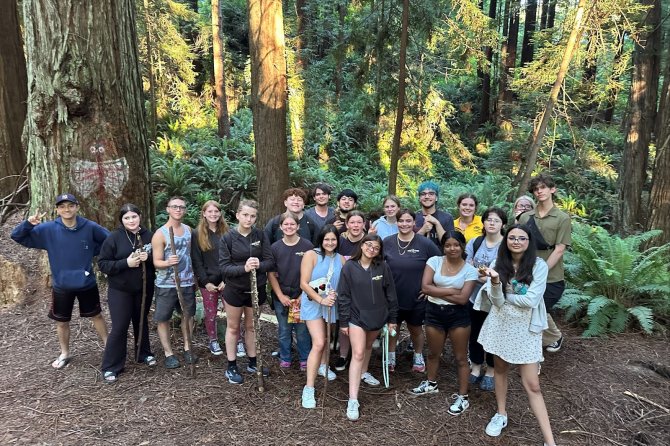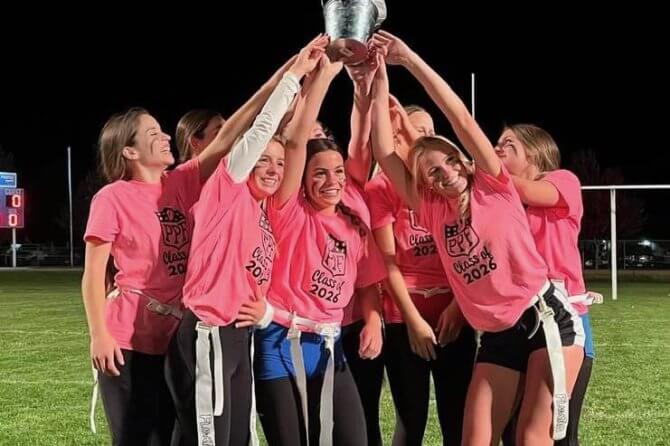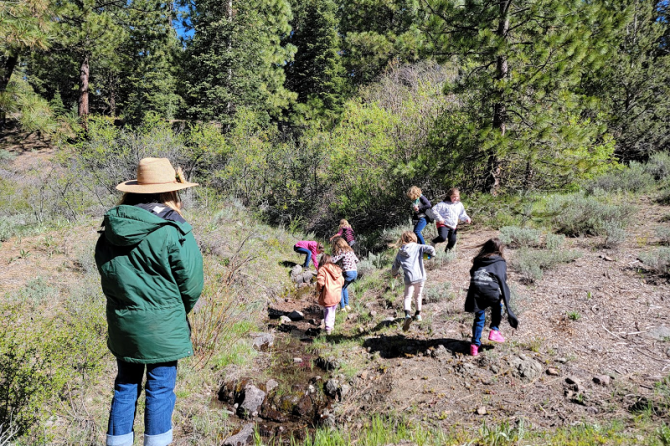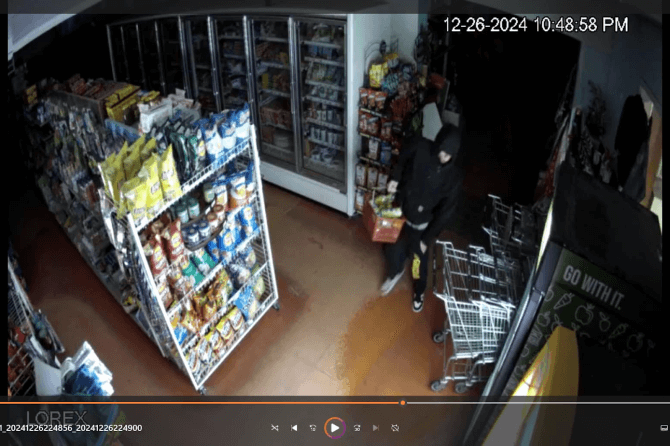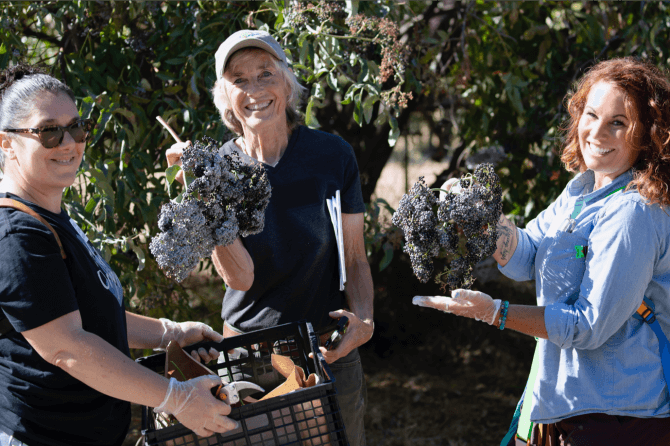Jimmie Washoe Biography
The Buckaroo Hall of Fame will be inducting Jimmie Washoe to membership at an official ceremony in Winnemucca, Nevada on August 31, 2024.
Jimmie Washoe was born Jimmie Johnnie on November 23, 1904, on a rocky ledge behind the Lakeview bath house. He was the son of a Chinese cook and bootlegger named Woo and Bonnie Johnnie. His grandfather was Lakeview Johnnie and his grandmother was Maggie Johnnie. They lived at the Paiute village above the town of Lakeview, Oregon.
Jimmie’s mother died when he was two-years-old. At that time, Charlie Washoe, an elder of the Fort Bidwell Paiute Indian tribe who had been in a common-law relationship with Jimmies mother, took custody of Jimmie and raised him as his own.
Jimmie and his older sister Nettie were given the last name of Washoe. Their biological father, Woo, actively tried to take custody of the two children, but the Tribe protected them and kept them in their confines. Nettie was 21 years older than Jimmie, and eventually married Nemseni DeGarmo. They had a large family of their own and resided in Fort Bidwell.
When Jimmie was a boy, he was forced to attend the Indian School in Fort Bidwell. The experience was traumatic. The older boys continually bullied him because of his small stature and his part-Chinese bloodline. Although Jimmie ran away from the Indian School when he was 12-years- old, he had learned to hold his own. He made use of his toughness as a sparring partner to local boxers. He was wry and quick, probably a result of the bullying he endured at the Indian School Jimmie winked as he recalled his job “rolling stiffs” (corpses) at the tuberculosis hospital, but it was actually a heart-breaking experience. After patients died, it was also his job to take the bodies to a burial pit near Fee Reservoir. He told a story about two young Indian boys who escaped from the hospital in extremely cold weather. One of the boys put his legs through the arm of a coat trying to keep warm. He was found dead the next morning.
Jimmie remembered hard winters when they made biscuits out of choke cherries to survive. Because of plentiful game, Jimmie said winters “weren’t that bad.”
As a teenager Jimmie liked to fight at school and dances. He said all the Irishmen would try to fight him at dances, which may have been because the girls really liked Jimmie.
Escaping from the Indian School, he made his way to the MC Ranch inAdel, Oregon. His first job was digging post holes and eventually he askedthe MC Ranch boss, Sam Baty, if he could fill an open job of a wrango boy for the MC buckaroos. He told Glorianne Weigand, the author of “Dusty Trails Again,” that he loved the job. When he stayed on, the buckaroos took him under their wing and taught him their skills in buckarooing. The buckaroos took around 17,000 head of cattle to the desert each spring.There were six buckaroos and each had eight horses in their string. When thecattle calved on the range when they were taken to summer pasture. Then the buckaroos would brand around 400 calves a day, using four ropers. Jimmie said buckaroos had to be at the top of their game to keep up.
He was with the MC Ranch for 10 years. Washoe also patrolled livestock for the MC Ranch. He was charged with protecting the cattle herd from poachers, but the job was similar to the “fox guarding the henhouse.” “A few of them I turned in,” said Jimmie, “I ate beef with the other guys,” he smiled.
He said that in those days the MC was constantly at odds with the local ranchers around Adel. The issues included cattle rustling, beef butchering and fights over water and land. Jimmie said locals would set fire to MC haystacks. Fires would burn the surface and enter the peat soil. Once they thought they had a fire out, a little blast of wind would hit the ground a day or two later and the fire would start all over again. Fighting the rekindled fires required a number of men.
Throughout his lifetime, Jimmie worked for a number of ranches, After the MC, he worked for the IXL Ranch located 20 miles east of Adel in Guano Valley. He spoke of buckarooing with Hugh Cahill and Dow Frakes. He recalled that the IXL had many rattlesnakes. He had to keep an eye out because they would turn up in his pitchfork.
Jimmie also worked for three generations of the Fee family. He worked 18 years in Fort Bidwell for Ern and Laurance Fee and four years in Adel for Martha Fee Cahill, and her husband Terry on the Cahill ranch in Adel. He also worked a number of years for Harry Schadler, John and Pete Carey, and Don Robinson. Jimmie was accomplished in buckarooing, haying, irrigating and fencing.
For a time, Jimmie owned his own haying machinery and contracted swathing for the Careys and Cahills. The Cahill’s stacked loose hay. In his late 60’s and early 70’s, he would be on top of the haystack, making sure it was level and the corners were square. It was no easy job for a man his age– he pitched and pushed a lot of hay in a day.
Jimmie worked so hard all his life that his fingers were gnarled and twisted. He said, “The hardest work in the world is to sit by the watering hole.”
When Jimmie was young he was a horse trainer and jockey. He lived just south of the Summer Lake Store with Charley Snelling, who was a partner with Ross Small in the horse racing business. This was before the days of the fancy horse trailer. If Jimmie and Ross raced a horse in Prineville, it was ridden all the way there by Jimmie. He said, “We didn’t have gates or anything then–it was ‘lap’ and ‘tap.’ They all march to a certain mark and then someone hollers “Go!” It made for some tough jockeys.” Jimmie broke his neck in a Cedarville horse racing accident in 1940. He was laid up for awhile, but recovered and kept on racing.
Jimmie always thoroughly enjoyed being involved in the Lake County Fair in Lakeview and the Modoc County Fair in Cedarville. For many years he and his horse Roanie were always participants in each parade. In the late 1960’s he competed with Dally Givan, Everet Bell, Harry Schadler, and Chuckawalla Sam in the old timers’ reatta roping competition. In 1972, along with Floyd Sweeney, he won the senior cow penning at the Lake County Horse Show. It was a proud moment when he showed off his prize belt buckle.
Always a “lady’s man,” Jimmie fathered his daughter Johanna when he was 72-years-old. The day the baby came, Johanna’s mother looked a little pale while pitching hay. When she went into labor, they rushed toward the Cedarville hospital, but Washoe ended up delivering the baby at the top of Fandango Pass. He wrapped her in a white horse blanket stored in the trunk of his car. Jimmie was very proud of his daughter and was a doting father for the remainder of his life.
Jimmie passed away in June 2001 and was buried next to his grandmother Maggie Johnnie in the IOOF Cemetery in Lakeview, Oregon. Jimmie left behind a lifetime of accomplishments and numerous friends who truly appreciated being a part of his life, his joy and especially his laughter.
Harry Schadler & Coleman Gate
Harry Schadler Biography
The Buckaroo Hall of Fame in Winnemucca, Nevada will induct former Adel rancher,
Harry Schadler to membership on August 31, 2024. Harry Schadler was born to Herman and Lizzie Schadler on March 14, 1900, at the Cowhead Ranch, located between Fort Bidwell, California, and Adel, Oregon. The ranch was originally owned by the Ayers and Poor Cattle Company. The operation occupied the Cowhead Valley, along with outside range, and the ranch in Coleman Valley, Nevada. Ayers and Poor lost the majority of their cattle to the hard winter of 1889-90 and were forced to sell.
In 1896, Diedrich Schadler and his son Herman, both immigrants from Germany, worked at the Fort Bidwell military post, and then purchased the Cowhead Ranch. They purchased the ranch from Lowell’s Store in Fort Bidwell, who had taken over from Ayers and Poore. Herman Schadler married Lizzie Wallace and had three sons, Harry, Henry, and George. They also had two daughters, Charlotte and Bertha, both daughters married and left the ranch.
As young men, Harry and Henry each homesteaded 640 acres and partnered with Herman on the ranch. Henry died in 1937; Herman in 1938. Harry continued the ranch and eventually bought their shares from his mother in the early 1940’s. Harry continued to expand the ranch during his tenure. In 1928, Harry purchased properties that included Surveyor Springs, Long Canyon, and a 320 acre parcel in Big Valley. These purchases resulted in an expansion extending to California, Oregon and Nevada. The 1928 land purchases were tied to grazing permits on Round Mountain, and Barley Camp, where the Schadlers ran cattle in common with the Conlans, Fees and Cahills, and with the Carey family starting in 1965.
When the families came together at Barley Camp twice each year, Harry was always Cow Camp Boss. Harry decided where cows would be gathered each day. The buckaroos would gather the cattle off the range, drive them to Barley Camp, and then brand in a branding corral that consisted of large boulders. When the ropers caught a calf and brought it to the fire, they would have to yell: “Harry, Terry, or Carey” or they would also yell the names of the irons: “HS”; “EC”, “HC.” The ground crew always had to fine tune their hearing. When the branding was complete the buckaroos turned the cattle onto the forest.
Harry always made drop biscuits for the crew’s breakfast, and the biscuits were a favorite for everyone. Harry was always kindly looking after the youngest members in camp. On the first day of riding, Harry would take the youngest buckaroo under his wing and guide him through the cattle gathering. In 1947 Harry bought the Jim Barry ranch in Adel, Oregon, along with the Sagehen
range located between Adel and Lakeview, Oregon. The Barry Ranch was essential to the Schadler operation as the winters could be severe in Cowhead, and more moderate to winter cattle in Adel. Harry and his son Lonny acquired the Coleman Valley ranch from Jack Nicol in 1973. It was part of the Cowhead Ranch in the original Ayers and Poor cattle operation. As the Ranch expanded, Harry spent much of his time buckarooing. He spent long days in the saddle overseeing spring turnout, fall gathering, and the general day-to-day cattle operations on the ranch and range. In later years, he spent days and nights with his son Lonny at his cattle camps at Sagehen and Big Valley as well as the group’s Barley Camp.
Harry was always a good neighbor to fellow ranchers in Fort Bidwell and Adel. The Ranchers in both valleys helped each other brand calves, gathering both cattle and horses. Harry was skilled with a reata, so he brought more than his fair share of calves to the branding fire. As did other ranchers, Harry occasionally threw long loop team roping events in the local ranch rodeos. Jimmie Washoe, was one of his partners.
The Schadler’s horse herd consisted of the Morgan breed. According to Lonny, Morgans held up better in the winter. Some years after Harry passed away the Schadler Ranch switched to Quarter Horses.
In the fall of 1956, Harry, Terry Cahill, Mike O’ Sullivan, Charlie Crump, Jim Dyke, and Earl Wakefield combined their steers and heifers for the last historic cattle drive. The cattle drive began in Big Valley, 30 miles west of Lakeview, they traveled 20 miles to Camas Valley, which is a large grazing pasture on Highway 140, and then another 10 miles to the railroad stock yards in Lakeview, where the cattle were shipped. The cattle drive was newsworthy in that the event received major coverage from the Herald and News in Klamath Falls. When cattle rail shipping ended, roads had greatly improved and cattle trucks came directly to the ranches. Prior to rail shipping in Lakeview, the Schadlers drove their cattle 50 miles to the rail yards in Willow Ranch, California.
Another annual event was the horse gathering in Coleman Valley. Harry, along with other ranchers, helped the MC Ranch, Mike O” Sullivan, and the Hapgood ranch to gather their horse herds off the desert then wean, castrate, and brand the colts. It was always a long day, as they would process up to 100 colts.
Harry married Mary Lydon in 1933. Mary was originally from San Francisco and came to Fort Bidwell as a school teacher. They had three children, Kathleen, Margaret, and Lonny. Sadly, Kathleen passed away in 1944, Margaret is a retired psychologist and lives in Santa Rosa. Lonny graduated from Lakeview High School in 1963 and attended the Oregon Technical Institute. He then returned to Cowhead Ranch and continued to ranch.
Beyond ranching, Harry was a huge fan of the San Francisco Giants baseball team. Each year, he and Lonny would travel to San Francisco to see the team play. He also had a portable radio in the cow camps to listen to Giants’ games.
In the fall of 1976, Harry welcomed his first grandchild, Mary Barbara, the first child of his son Lonny and his wife Jean. It was a proud moment for Harry.
In 1977, an intense drought year began in the west. On January 1st, a small snow storm barely covered the ground, and there was no moisture of any kind in the following six months. Harry was diagnosed with cancer in March of that year and sadly passed away on June 14, 1977. His final resting place is in Fort Bidwell. As the graveside service was being conducted, the six-month drought suddenly ended as the sky filled with clouds and a massive rain storm arrived. The storm lasted for days, saving hay crops and grazing lands. Harry’s good friend Terry Cahill always said, “Harry saved the year by sending rain from Heaven.”
Today, Harry’s son Lonny runs the Schadler ranch along with his daughters, Mary Barbara and Sherry.

